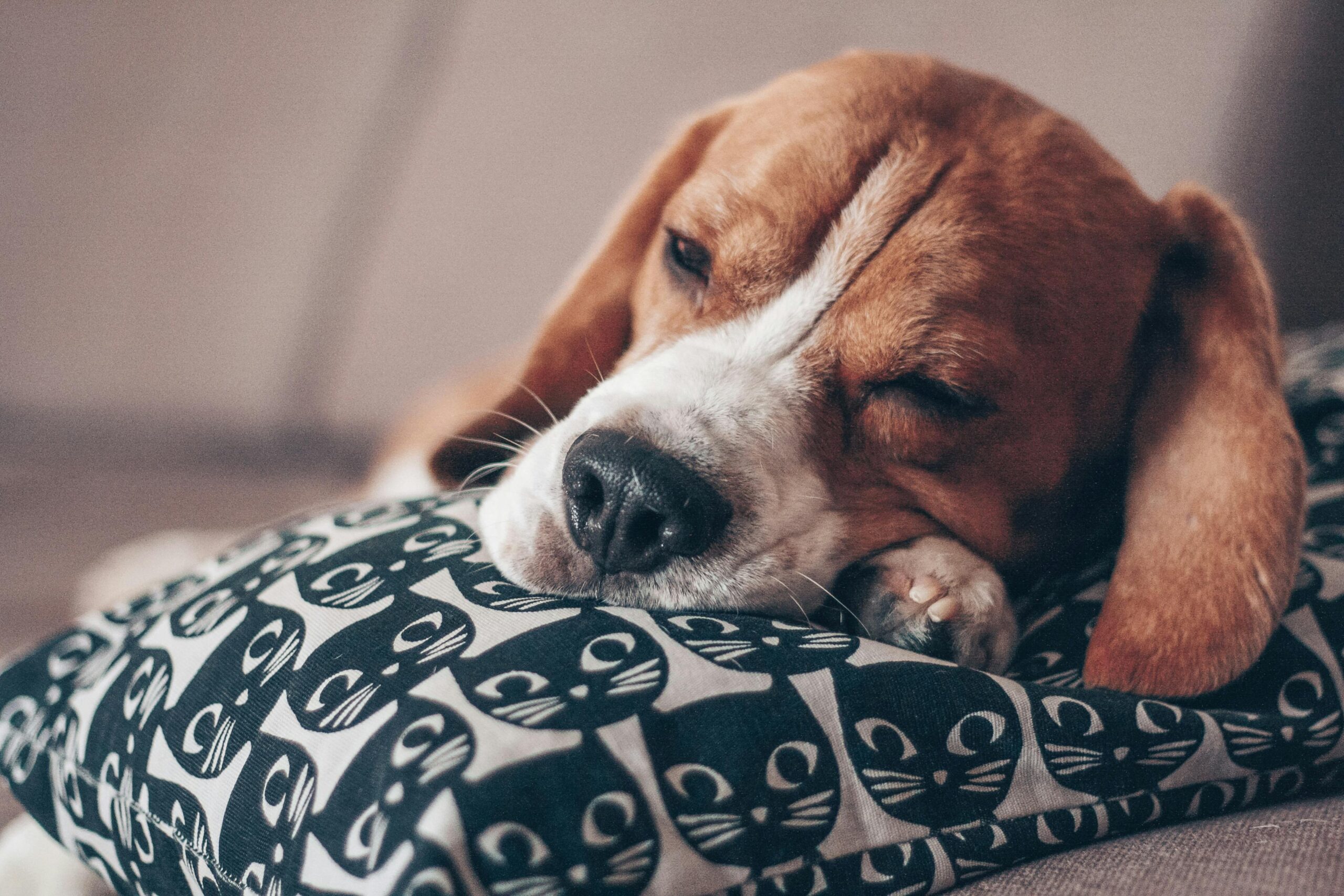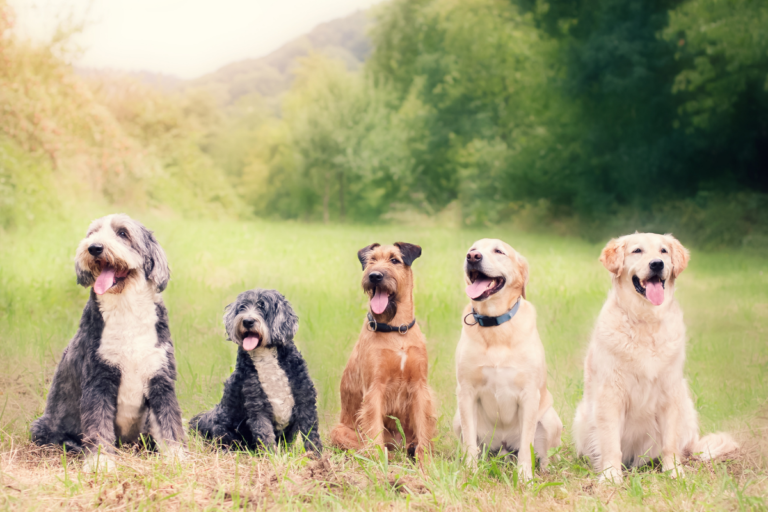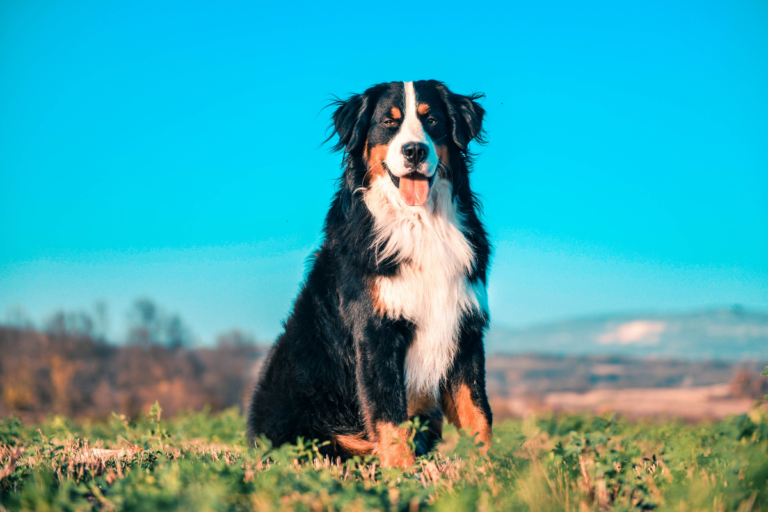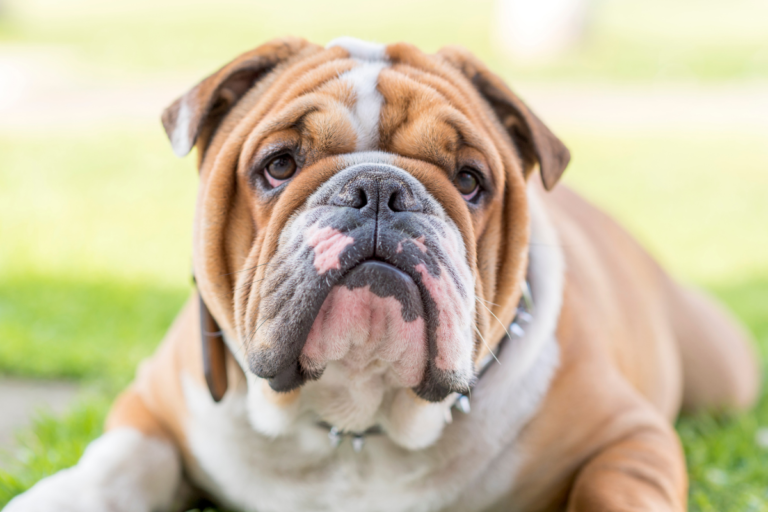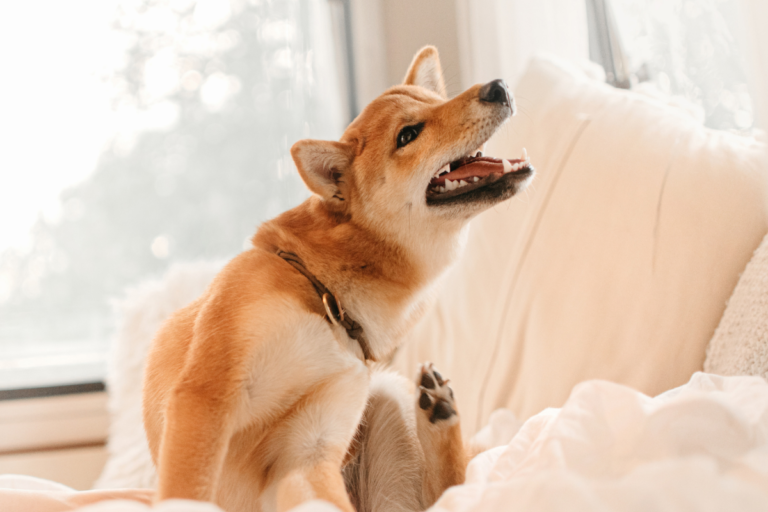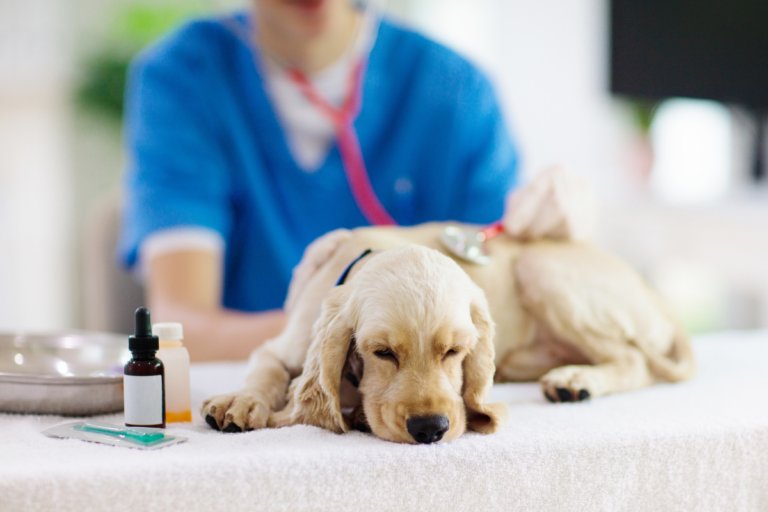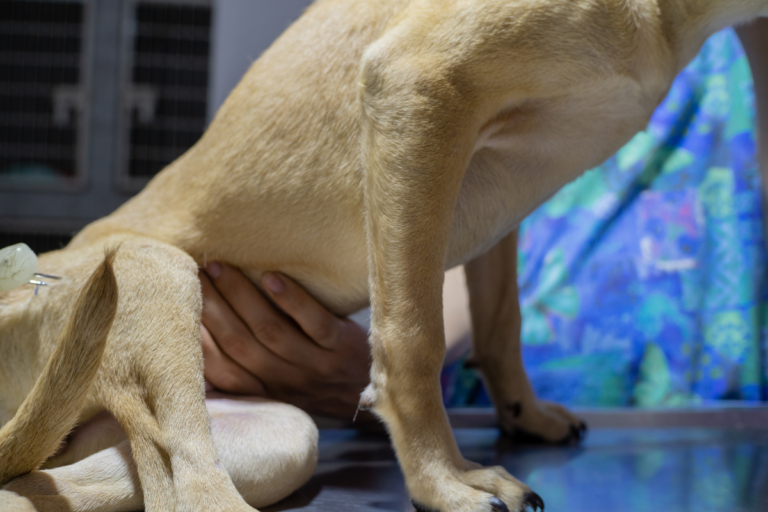Dog Sleep Disorders: Symptoms, Causes, and How to Help Your Pet Sleep Better
Every dog needs good sleep to stay happy and healthy, just like we do. When your pet can’t rest well, it can affect everything from their mood to their long-term health. Sleep disorders in dogs often show up as restlessness, sudden movements, or even loud snoring at night.
If your dog seems out of sorts or isn’t bouncing back as usual, poor sleep could be the reason. This post covers common signs of trouble, why they happen, and what you can do right now to help your dog sleep better. Understanding the basics helps you catch problems early and support your dog’s well-being at home.
Recognizing Normal vs. Abnormal Sleep in Dogs
Getting familiar with how dogs typically sleep can help you quickly spot when something might be off. While every dog is unique, most healthy dogs follow similar sleep cycles and habits. Learning what normal sleep looks like—and knowing the warning signs of a sleep disorder—makes it easier to support your dog’s overall health and happiness.
Typical Dog Sleep Habits and Patterns
Adult dogs sleep an average of 12 to 14 hours every day. Puppies and senior dogs snooze even longer, often up to 18-20 hours, since their bodies need more rest for growth or recovery. Dogs split their sleep between overnight rest and daytime naps, grabbing sleep in shorter stretches than people.
You might notice dogs cycling between deep, still sleep and phases where their paws twitch or tails wag. Here’s a quick look at what’s normal:
- Sleep Cycles: Dogs have short sleep cycles, usually around 45 minutes. They move back and forth between light non-REM sleep and deeper REM sleep, where dreaming happens.
- Common Positions: Healthy dogs often curl up in a ball, stretch out on their side, or sprawl out on their stomachs. These positions help regulate body temperature and provide comfort.
- Patterns by Breed and Age: Large breeds tend to need more sleep, while young, active breeds might rest less during the day.
A well-rested dog wakes up alert, is ready to play, and doesn’t seem groggy after naps. Minor changes can happen with new routines, stress, or changes in family schedules, but sleep patterns should stay pretty consistent day-to-day.
Red Flags: Signs Your Dog Might Have a Sleep Disorder
Sometimes, changes in how your dog sleeps signal more than just a busy day or extra playtime. Signs that might point to a sleep disorder include:
- Persistent restlessness at night
- Waking suddenly or panicking during sleep
- Confusion or disorientation after waking
- Loud, chronic snoring (especially paired with choking sounds)
- Excessive nighttime movement or unusual activity
- Daytime lethargy, crankiness, or falling asleep suddenly
- Vocalizing, barking, or aggressive movement while asleep
If your dog becomes withdrawn or irritable during the day, it may be an indication of underlying mental or emotional issues; sometimes these early signs can be linked to mental health concerns. Additionally, if snoring is new or loud enough to wake you, it may signal a respiratory issue.
Key Statistics Table
Here’s a snapshot of what normal and abnormal dog sleep looks like side by side.
| Indicator | Normal Sleep | Potential Sleep Disorder |
|---|---|---|
| Total Sleep (adults) | 12–14 hours/day | <8 or >18 hours/day |
| Night Activity | Quiet, minimal shifting | Pacing, whining, barking, wandering |
| Snoring | Soft, occasional | Persistent, loud, or causes waking |
| Movement in Sleep | Mild twitching, stretching | Violent kicking, biting, howling |
| Awakening | Alert, quick to focus | Disoriented, confused, or sluggish |
| Daytime Behavior | Playful, energetic | Lethargic, irritable, falls asleep mid-activity |
Common Types of Dog Sleep Disorders
Sleep problems can take many forms for dogs and often feel just as tough on the household as they do on your pet. The most common dog sleep disorders include insomnia, sleep apnea, narcolepsy, and REM sleep behavior disorder. Each affects dogs differently—and spotting these issues early can be the difference between a quick adjustment and a long stretch of restless nights. Below is a guide to these major sleep disorders and how they might show up in your dog.
Insomnia: Why Dogs Lose Sleep
Dogs who struggle with insomnia often wake up frequently, pace throughout the night, or seem restless even when it’s their usual sleep time. This is more than just a couple of disturbed naps—chronic sleep trouble can wear down even the most energetic pup.
Main causes of canine insomnia:
- Pain or illness: Dogs in discomfort from arthritis, injuries, or chronic diseases find it hard to settle.
- Anxiety or stress: Loud noises, changes at home, or separation from family can trigger restlessness.
- Cognitive dysfunction (dog dementia): Older dogs may develop confusion and night-time wandering, a phenomenon sometimes associated with aging-related decline.
- Environmental factors: Unfamiliar noises, other pets, or a change in sleeping spot can disrupt restful cycles.
Common symptoms include pacing, whining or barking at odd hours, frequent waking with difficulty falling back asleep, disorientation on waking, and daytime sleepiness.
Sleep Apnea: When Breathing Disrupts Rest
Sleep apnea isn’t just a human problem. For dogs, it most commonly shows up in specific breeds and those who are overweight. The airway gets blocked—either by extra tissue or fat—leading to brief pauses in breathing and low oxygen levels during sleep.
Breeds at higher risk include:
- Pugs
- Bulldogs (both English and French)
- Boston Terriers
- Shih Tzus
These brachycephalic breeds have structural challenges that make breathing during sleep more difficult. For instance, structural issues observed in French Bulldogs exemplify how such features contribute to sleep apnea.
Key causes:
- Obesity: Extra fat in the neck and throat can squeeze the airway. Weight-related breathing issues are common in overweight dogs.
- Anatomical features: Flat faces, elongated soft palates, and narrow nostrils all play a role.
- Allergies or swelling: Infections or allergies may cause inflammation that restricts airflow.
Warning signs to look for are loud, persistent snoring, choking or gasping during sleep, sudden awakenings, and daytime crankiness.
Narcolepsy: Sudden Sleep Attacks
Narcolepsy in dogs stands out because it strikes suddenly—usually when a dog is most excited or active. Picture a puppy dashing for a ball, then collapsing abruptly into sleep. These episodes are brief but startling.
Causes of narcolepsy include:
- Genetic mutation: Certain breeds inherit a faulty gene affecting sleep regulation.
- Neurochemical imbalances: Disrupted nervous system signals can flip an “off switch” that propels a dog into REM sleep unexpectedly.
Breeds more likely to be affected include Labrador Retrievers, Dobermans, and Dachshunds. Some of these breeds also have a predisposition to neurological issues that may relate to sleep regulation. Classic symptoms are sudden collapse into deep sleep during active moments, loss of muscle tone while maintaining awareness, and quick recovery within seconds to minutes.
REM Sleep Behavior Disorder (RBD): Acting Out Dreams
During REM sleep, dogs dream, and normally their bodies remain still. With REM sleep behavior disorder, however, the natural inhibition of movement fails, and dogs physically act out their dreams.
What occurs during RBD:
- Intense leg paddling, running, or vocalizing (barking, growling) in sleep
- Biting or “fighting” invisible foes
- Waking injured as a result of thrashing or falling
Young dogs under one year appear to get RBD more often, and it doesn’t seem to target a certain sex or breed. Sometimes, episodes are mild and safe—but other times they can be violent and lead to injuries.
Spotting RBD:
- Repeated episodes of physical activity during sleep
- No grogginess or confusion upon waking
- Injuries with no clear waking explanation
Most RBD cases need medical management to keep dogs safe, but video evidence at home is often key to helping your vet confirm a diagnosis. Keeping sleeping dogs in padded or safe spaces can reduce the risk of accidental injuries, but it’s always best to consult a professional when sleep gets dangerous.
Recognizing these sleep disorders in your dog gives you the upper hand in getting them the help they need and restoring peace to your nights.
Disclaimer
This information is for educational purposes only and is not a substitute for professional veterinary advice. If your dog exhibits symptoms of a sleep disorder, please consult your veterinarian.
